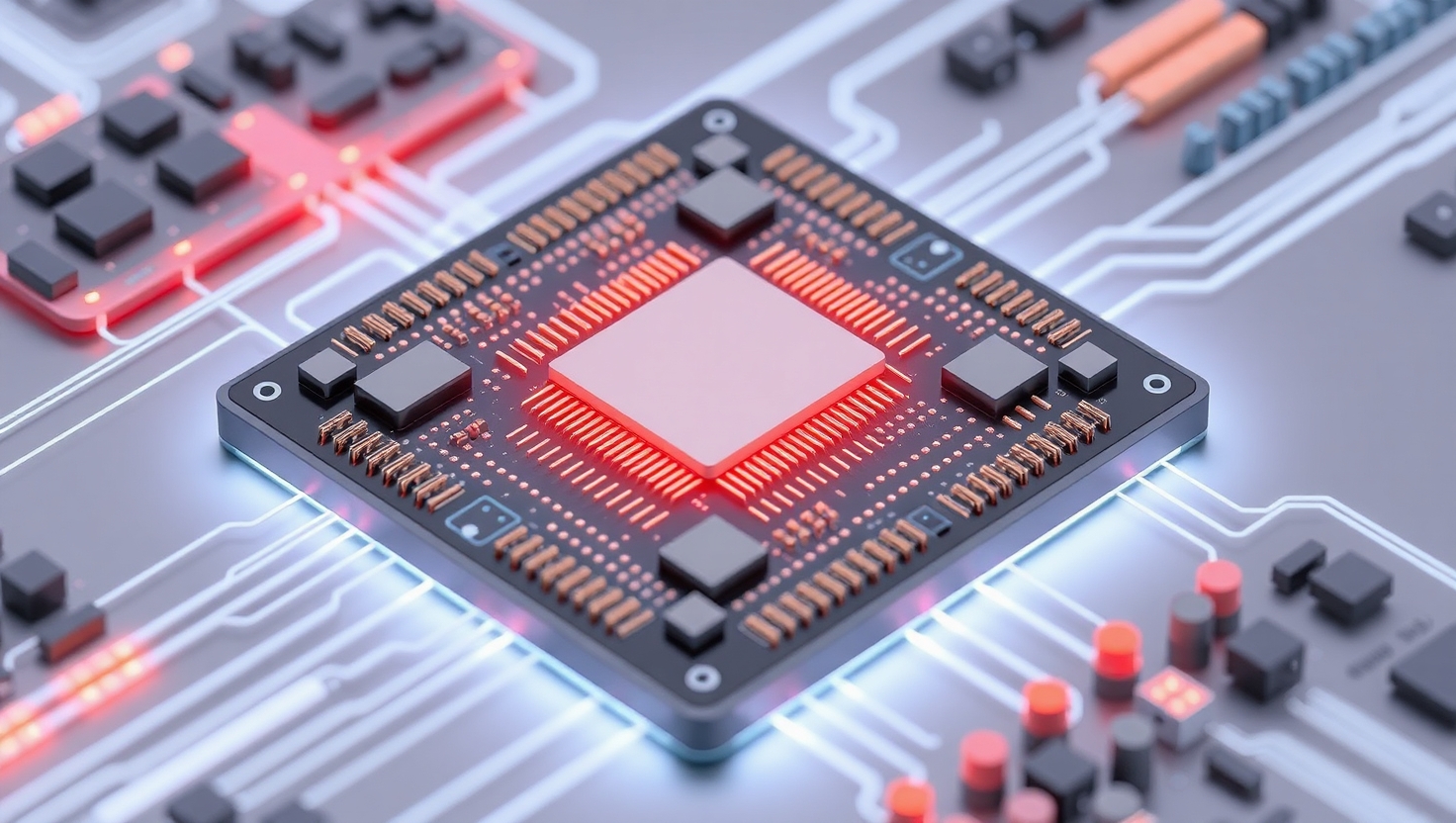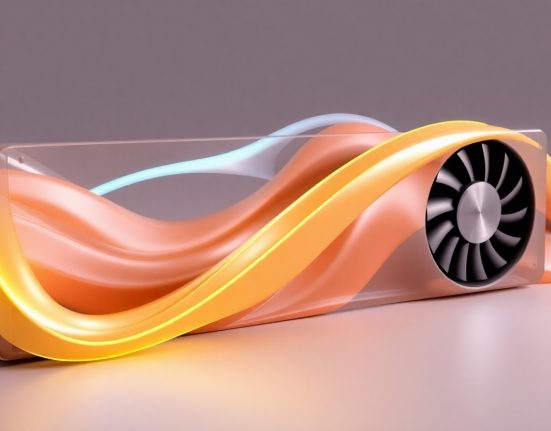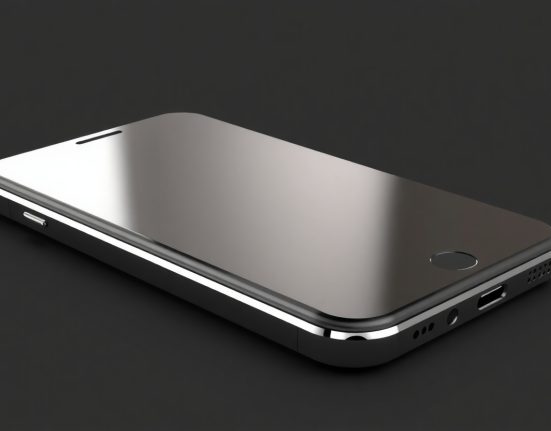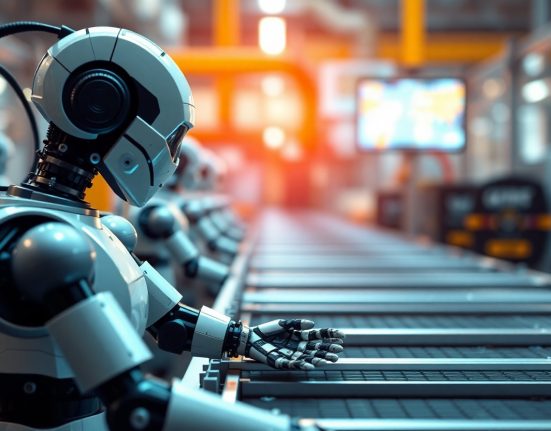In recent years the world of processors has gone through a major transformation with the rise of hybrid processors. Instead of relying on a single core or multiple identical cores these chips combine different types of cores within the same processor. The goal is to maximize efficiency and performance while keeping power consumption as low as possible. Hybrid processors have already become the standard in mobile devices and are increasingly making their way into laptops and advanced systems.
The idea behind a hybrid processor is to divide the workload between smaller energy-efficient cores that handle simple or background tasks and more powerful cores that tackle heavy and complex processes. This way energy is saved when the system is not busy and full power is only used when high performance is really needed. This approach is perfect for environments where processor demands constantly shift between everyday simple actions and demanding applications like gaming video editing or rendering.
As technology evolves the system that manages the workload between cores becomes smarter and more precise. The processor dynamically allocates tasks to ensure optimal performance and minimal power use. This is made possible thanks to advanced algorithms and support from operating systems designed for hybrid architectures. The result is computers and tablets that last longer on a single charge deliver better performance and avoid overheating or draining power excessively.
Hybrid processors affect not only battery life but also the user experience. When you are doing basic things like browsing the internet or watching videos the efficient cores keep power consumption low and the system runs quietly. Once you switch to heavier tasks the processor kicks into high gear providing all the power needed without lagging. This gives a smooth and responsive feel to every action. It also helps keep the processor cooler which extends device lifespan and prevents slowdown over time.
To sum it up hybrid processors represent a big step forward in computing technology. Combining powerful cores with energy-saving ones allows for smart use of system resources resulting in higher performance better energy efficiency and a more enjoyable user experience. In the near future this design is likely to become common in desktop computers and servers leading to significant advances in balancing power saving and innovation. This field is especially exciting because it shows how complex problems can be solved elegantly and precisely while adapting to the diverse ways we use technology today.














